Key West Boats 239DFS User manual
Other Key West Boats Boat manuals

Key West Boats
Key West Boats 230 Bay Reef User manual

Key West Boats
Key West Boats 189/203 family sportsman User manual

Key West Boats
Key West Boats 2015 176BR User manual
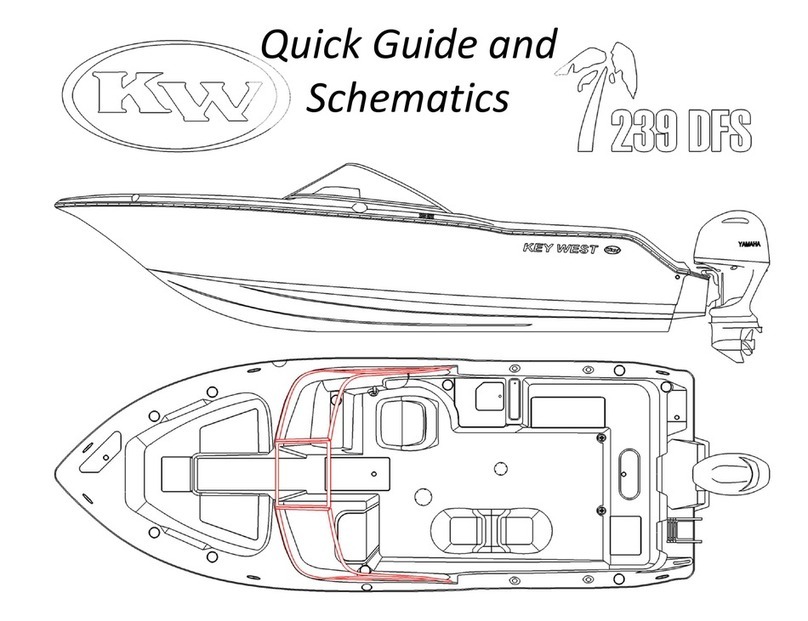
Key West Boats
Key West Boats 239DFS User manual

Key West Boats
Key West Boats boats Manual

Key West Boats
Key West Boats Family Sportsman Series User manual
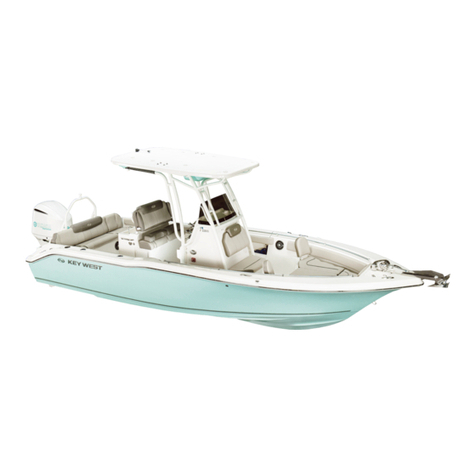
Key West Boats
Key West Boats 239FS User manual
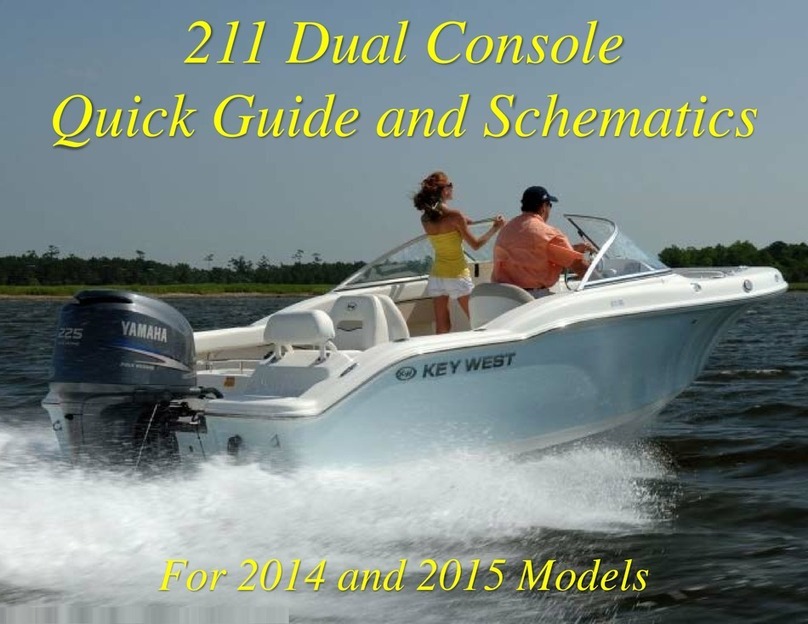
Key West Boats
Key West Boats 2014 KW 211 DC User manual
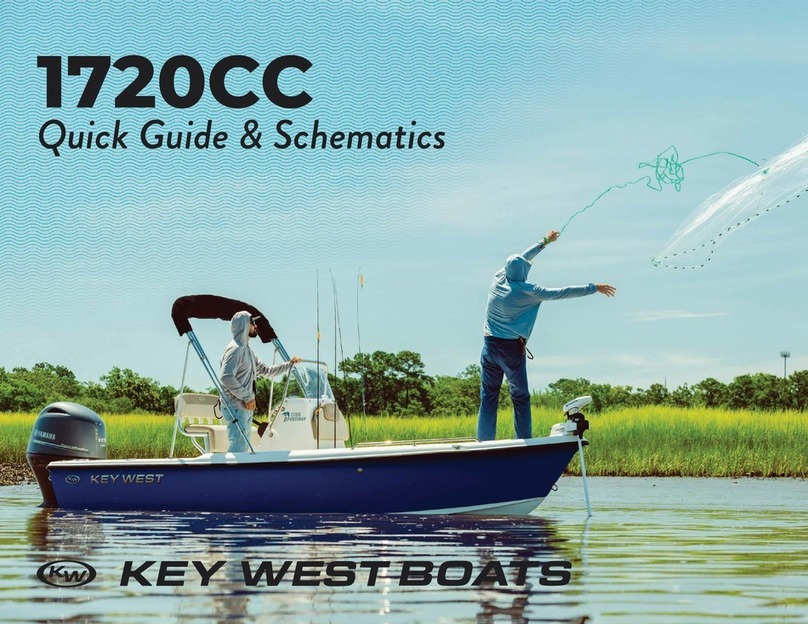
Key West Boats
Key West Boats 1720CC User manual
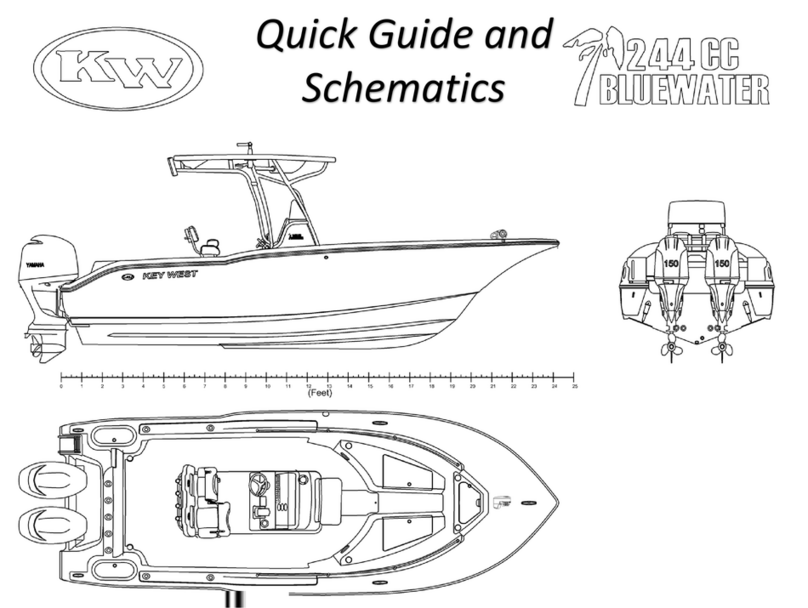
Key West Boats
Key West Boats 244 CC BLUEWATER User manual
Popular Boat manuals by other brands

Jeanneau
Jeanneau SUN ODYSSEY 41 DS owner's manual

Meridian
Meridian 490 Pilothouse owner's manual

Advanced Elements
Advanced Elements AdvancedFrame Expedition AE1009 owner's manual

Robo Marine Indonesia
Robo Marine Indonesia GEOMAR user manual

Swallow Boats
Swallow Boats BayRaider owner's manual

X SHORE
X SHORE EELEX 8000 owner's manual





















